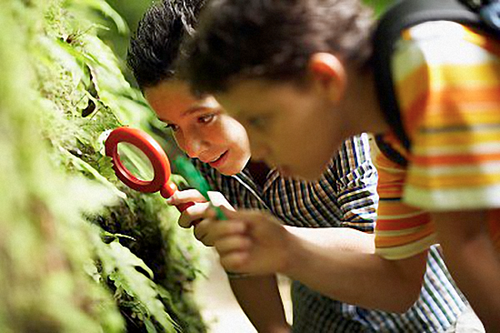A continuing series by former teacher and current FIM Implementation Specialist Shawn Collier.
Flipping Stones. That was once an answer I gave in a job interview for a teaching position. No, the question was not “How do you find bugs?” The interviewers wanted to know what kind of environment I would have in my classroom, how I would engage my students.

They were puzzled with my answer, as you may be, so I added context.
I grew up a country boy in Potter County, Pennsylvania. We didn’t have a TV or a computer, the store was 10 miles away, and I saw more cows than I did people. However I had something that allowed me—in this environment where there was nothing to learn—to love learning.
I had a place to “play” that was filled with opportunities, and I also had guidance to focus my play. For example, when I was allowed go to the barn, and what time to be home for dinner. This allowed me to have a structure in my environment, but didn’t tell me what to do in my environment.
It started with a simple thought, ‘I wonder what’s under there?’ Mostly there were dirt, bugs and worms, but some days I found SNAKES! And in the creeks I found CRAYFISH! The little boy in me was hooked. I spent every day in the fields, in the creeks, wondering what I could find.
I still find myself doing this. I still flip rocks with my kids when I visit Potter County, but now I see the greater purpose. It taught me how to wonder about things. Why do snakes like hay bales? Why did those bees think under a rock was a good hiding place? How could I run SO much faster when bees were chasing me than when I played baseball? No one told me I had to have these thoughts, nobody made me go out and learn something everyday—I was simply given an engaging environment to play in and some guidance regarding how to interact with that environment.
Now when I’m asked the best ways to use First In Math I give the same answer: Flip Stones. Play with math. Be amazed at what new things you learn. Provide guidance (or ask for guidance) when needed. But ultimately, allow First In Math to be the engaging environment that students own and walk back into each day. Not because someone makes them—because they choose to.